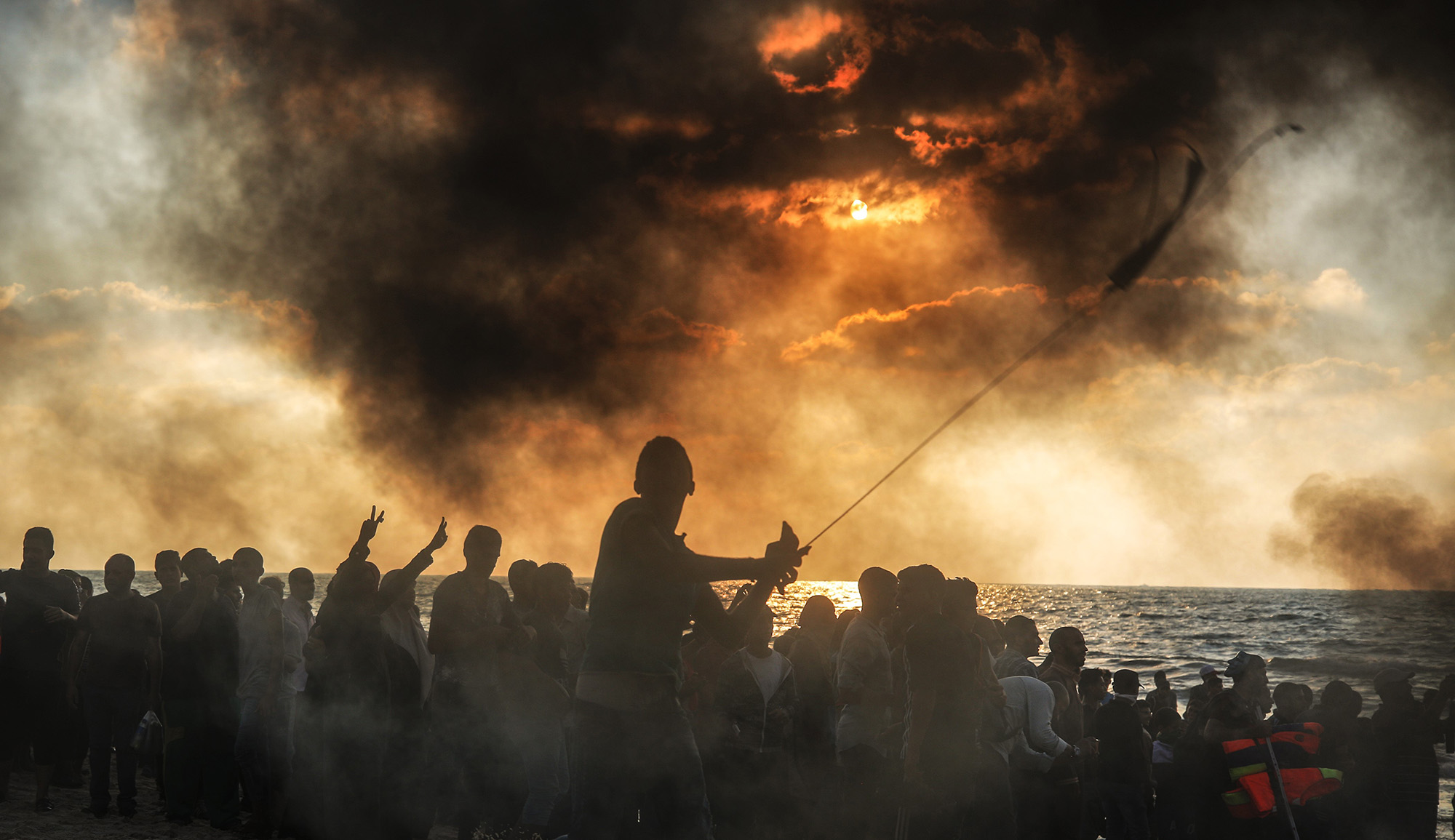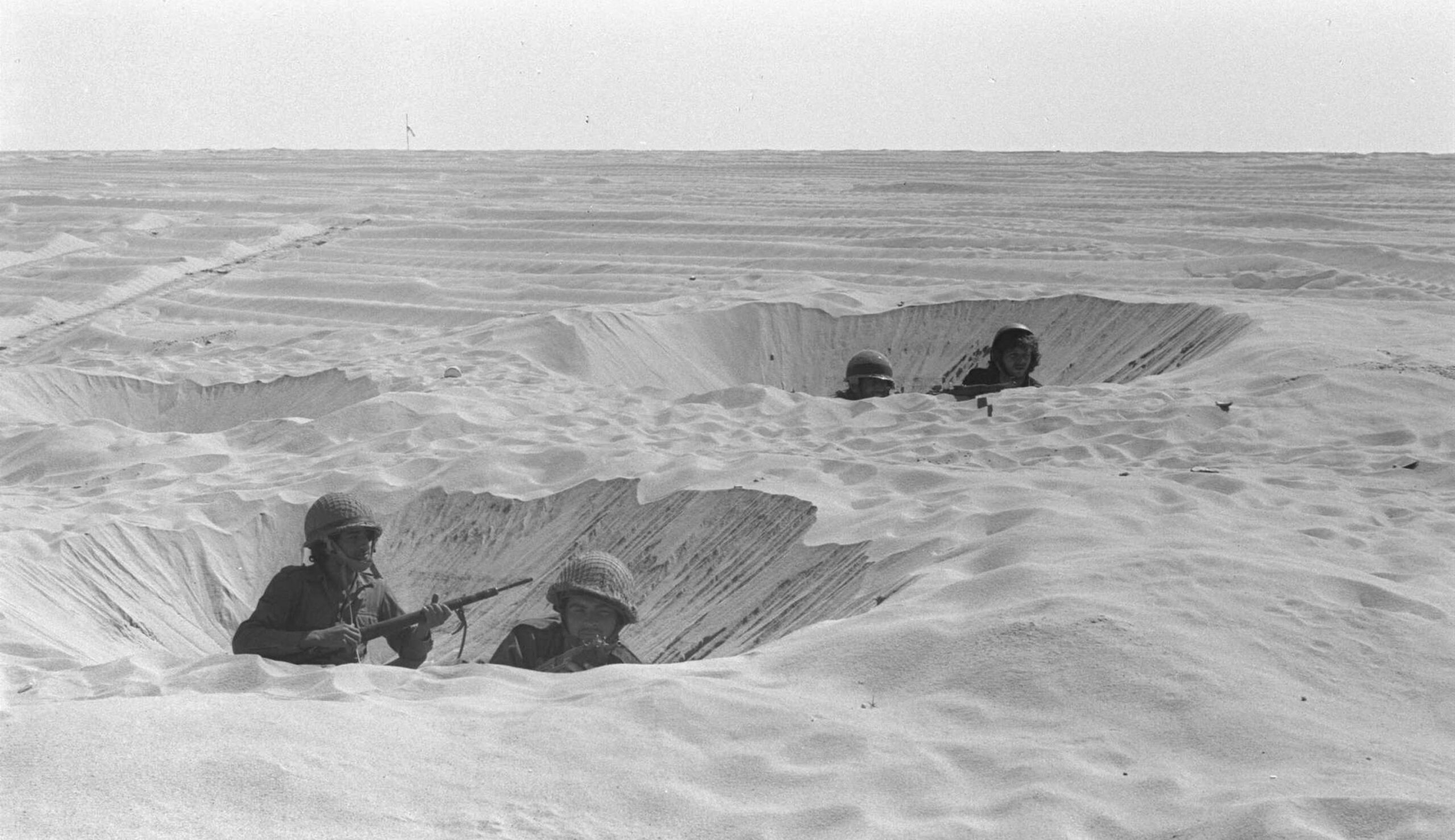Today is the minor festival of Lag ba’Omer, which marks the end of a period of mourning that follows Passover. While this period of mourning is traditionally associated with a 2nd-century plague, some modern scholars believe its origins in part lie with episodes of anti-Jewish violence in medieval northern Europe that took place during this time of year. Once such instance was the outbreak of the Rindfleisch massacres in 13th-century Germany. Michael Freund writes:
The torment began on April 20, 1298, after the Jews of the German city of Röttingen were accused of “desecrating the host,” a popular medieval slander according to which Jews stabbed and defiled the wafer used by Catholics in their Sunday services.
As the accusation spread, a knight named Rindfleisch whipped up Röttingen’s locals into a frenzy and vowed to wipe out “the accursed race of the Jews,” claiming he had a mandate from heaven. Together with a mob, he proceeded to attack the city’s Jews, viciously slaughtering them and burning many at the stake. The marauding thugs then went from town to town, and in subsequent months they attacked a total of 146 Jewish communities, many of which were completely destroyed. With rare exceptions, local authorities and church officials did nothing to stop the slaughter.
Historians differ as to the number of Jews who were killed, with estimates ranging from 20,000 to as many as 100,000 men, women, and children.
More about: Anti-Semitism, German Jewry, Lag ba'Omer


